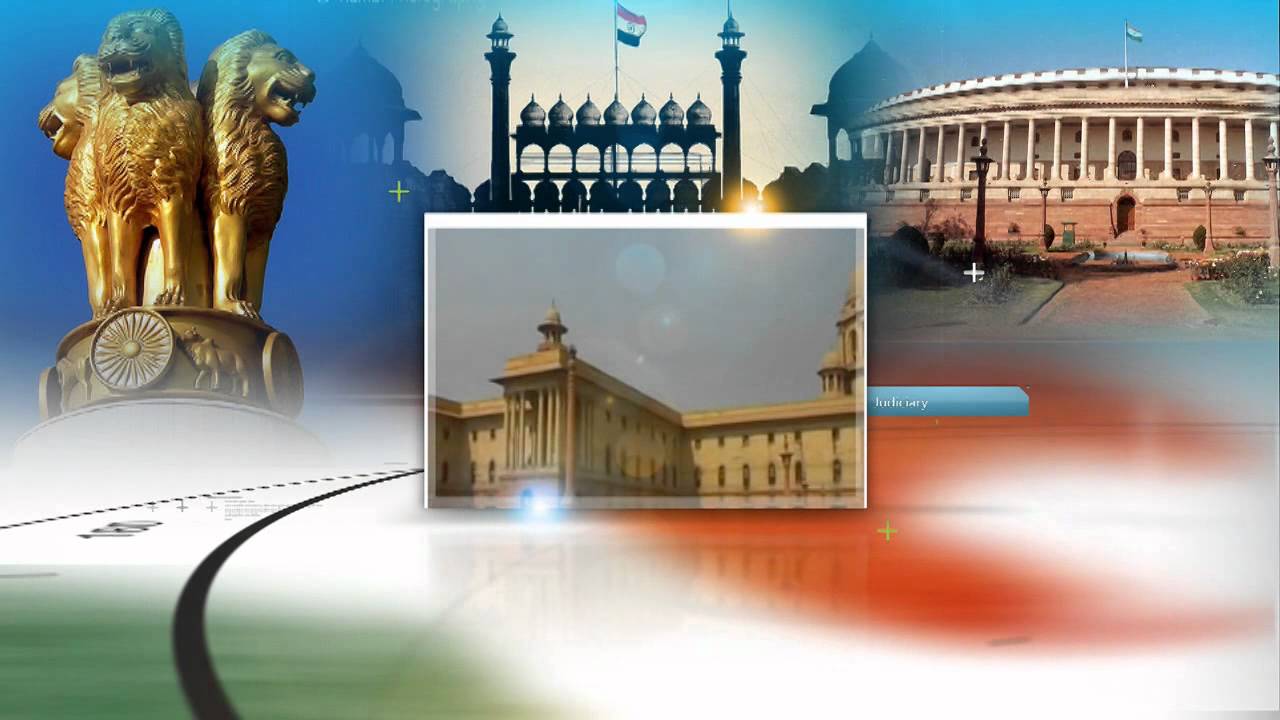Font size:
Print
Regulating Alcoholic Tinctures in Homeopathic and Ayurvedic Products
Context:
A recent judgment by the Supreme Court of India in the Bhagwati Medical Hall vs Central Drugs Standard Control Organisation & Ors. case has brought attention to the significant challenges faced by State governments in regulating the public health risks posed by alcoholic tinctures marketed as homoeopathic remedies.
The Regulatory Complexities
- Governance and Taxation Overlap: Alcoholic tinctures, herbal extracts dissolved in alcohol, fall into a regulatory gray area.
- Constitutional Allocation:
-
- State Jurisdiction: Public health and alcohol taxation.
- Union Authority: Taxation of alcohol for medicinal purposes under Entry 84 of List I.
- Pre-GST Era Taxation: Medicinal alcohol taxed at 4% under the Medicinal and Toilet Preparations (Excise Duties) Act, 1955.
- Act repealed after GST implementation.
- Post-GST Ambiguity: Taxation on medicinal alcohol is unclear, but the Union imposed an 18% tax rate.
- This is significantly lower than State taxes on alcoholic beverages.
- Concurrent Legislative Powers: Drugs fall under the Concurrent List, allowing both Union and States to legislate.
- However, States need presidential assent to amend the Drugs and Cosmetics Act, 1940.
- Impact on Regulation: States are unable to regulate or tax homoeopathic tinctures, despite their public health implications.
- Lower tax rates make tinctures a cheaper substitute for alcoholic beverages, with high alcohol content (up to 12%, compared to 7% in strong beer).
Public Health Concerns and Industry Resistance
- Revenue Concerns vs. Public Health Risks:
-
- State Governments’ Perspective: Focused on revenue loss as tinctures are consumed instead of highly taxed alcoholic beverages.
- In dry States like Gujarat and Bihar: Tinctures are misused, leading to fatalities from spurious alcohol.
- State Governments’ Perspective: Focused on revenue loss as tinctures are consumed instead of highly taxed alcoholic beverages.
- Public Health Hazards: Unsuspecting consumers are unaware of high alcohol content (up to 12%).
- Daily consumption can lead to severe health issues like alcoholic hepatitis.
- Introduction of Rule 106B (1994):
- Government Regulation: Rule 106B limited homoeopathic tinctures to:
- 30 ml bottles for retail.
- 100 ml bottles for hospitals.
- Introduced to address public health concerns after a tragedy.
- Industry Resistance: Homoeopathy industry challenged the rule, claiming:
- Violation of the right to trade.
- Lack of legislative authority.
- Lost legal battles by 2014 after cases in multiple High Courts and the Supreme Court.
- Delayed Resolution and Litigation (2015 Onwards):
-
- Fresh Legal Challenges: Industry argued procedural lapses, claiming Rule 106B wasn’t tabled in Parliament.
- High Courts granted interim relief, stalling enforcement of the rule.
- Union Government’s Response: Instead of addressing procedural gaps, the government pursued more litigation.
- Cases were consolidated in the Supreme Court (2017), delaying resolution further and compromising public health.
- Fresh Legal Challenges: Industry argued procedural lapses, claiming Rule 106B wasn’t tabled in Parliament.
Broader Implications
- Alcohol Content in Products: The key issue is whether alcohol should be allowed in homeopathic and Ayurvedic products, given the increasing global push for stricter regulations on alcoholic beverages.
- Efficacy Concerns: Homeopathic and Ayurvedic products are already under scrutiny due to doubts about their proven effectiveness, raising additional concerns about their safety.
Potential Harm to Consumers: The presence of alcohol in these products could pose a danger to uninformed consumers, especially if the alcohol content is high and not adequately disclosed.


